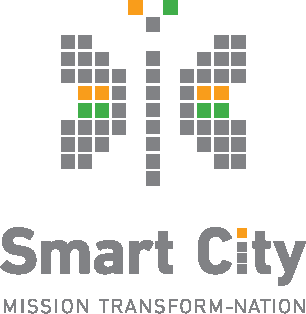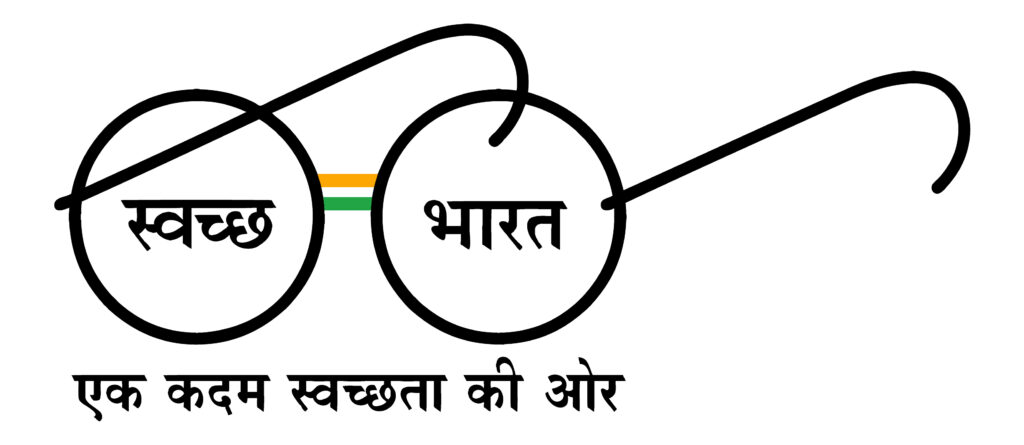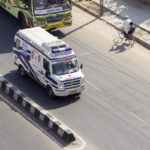Over the years visual imagery around floods in India has undergone a drastic change. Even until a couple of decades back, when one said flood, pictures of submerged fields and marooned villages in states like Bihar and Assam sprung in mind. But now what we imagine are flooded streets of our cities, floating cars, submerged subways and floodwater in living rooms of urban homes.
According to a United Nations report, India is one of the world’s most flood-prone countries and over 113 million people are exposed to floods. Also, the country suffers economic losses of approximately US$9.8 billion per year due to natural disasters, of which over US$7 billion can be attributed to floods. Another study of 164 nations, carried out in 2015 by the World Resources Institute, indicated that the Indian economy was most exposed to flood risk at US$14.3 billion. The figure is expected to rise 10-fold to US$154 billion by 2030.
Every single year during Monsoon, cities like Mumbai and Chennai go through harrowing times due to urban floods. Even now, Chennai is at the receiving end of nature’s fury with constant rains that have led to disastrous urban flooding once again. Apart from these two coastal cities, several major cities in the country, including our capital, has witnessed urban flooding this year. The international airports of Delhi and Bangalore waterlogged, while Hyderabad faced flooding that wreaked havoc. Several other state capitals have been submerged in recent years, Lucknow, Thiruvananthapuram, Patna, Bhopal and Ahmedabad among them.
There are many causes for this urban mayhem of drowning cities and rising vulnerability; from climatic changes to infrastructure that has not been able to support our ever-increasing population. Steady deterioration of urban ecosystems comprising marshlands, wetlands, lakes and rivers that could moderate the effects of floods and illegal construction and encroachment have added to the woes by steadily reducing the ability of cities to withstand serious flooding. Also, flood prediction and management are one of the most difficult problems to crack in Indian context as the reason behind flood in each city varies because of its unique topography. While the solution to the problem needs some deep thought and course correction, we can minimise damage and loss of human lives by using data to pinpoint risks. This is where IUDX can help.
There are four steps to an integrated flood disaster management:
1) preparedness before flood impact
2) readiness upon flood arrival
3) emergency responses during flood impact
4) recovery and rehabilitation after flood impact.
IUDX, with its Flood Management System use case can help predict floods and create a warning mechanism to help authorities to be optimally prepared in time. In this use case, hydrological parameters and AI/ML algorithms are integrated to predict floods after taking into consideration the varying root causes in different cities and take appropriate actions by involving concerned departments for rescue. Although being complicated, this use case implementation is primarily driven by datasets which are very specific to a given city and is expected to optimally predict the flood scenario at highest possible resolution.
The diagram below outlines how IUDX integrates various datasets – hydrological parameters, digital elevation map, storm drainage and catchment areas etc., – to predict the flood inundation.
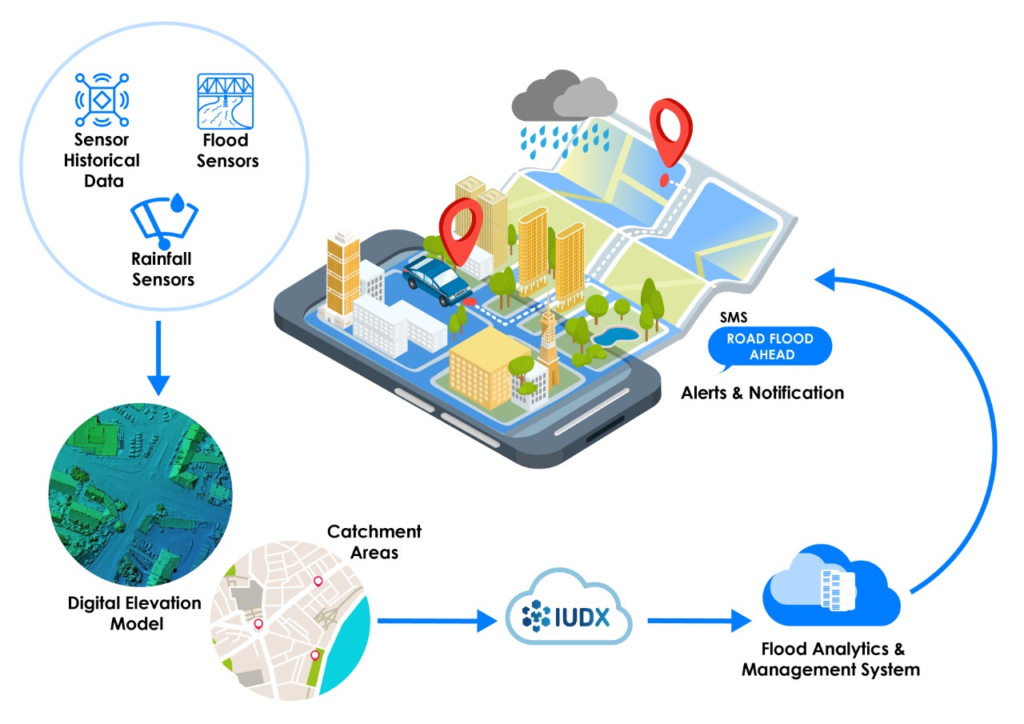
This application can be immensely impactful for its different consumer groups viz. citizens, city authorities, disaster management authorities etc., and multiple cities in the country are working on this powerful use case to tackle the urban flooding issue. Pioneer amongst them is the city of Chennai, where IUDX is working on implementing the use case with the city officials to build a robust analytic framework for flood management which can proactively engage the concerned authorities in case of disaster and also help to improve the planning processes in future.
Related Posts

- IUDX
- September 1, 2020
Real World Analogies of IUDX
Why is IUDX needed? What does it do for cities? Sometimes it is easier to understand a concept ..
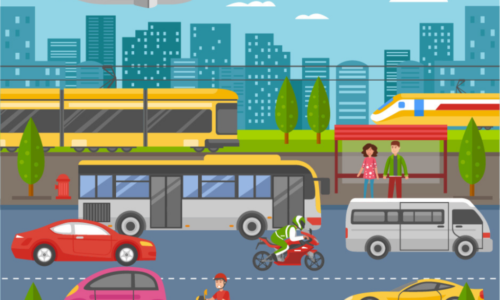
- IUDX
- November 25, 2021
Sustainable and Equitable Urban Transport with IUDX
A report* issued in 2019 suggests that public transport is the third most preferred mode of tra ..

- IUDX
- June 13, 2022
Accelerating Application development using the IUDX Sandbox
Accelerating Application Development using the IUDX Sandbox By: Rakshit Ramesh and Jyotirmoy Du ..
